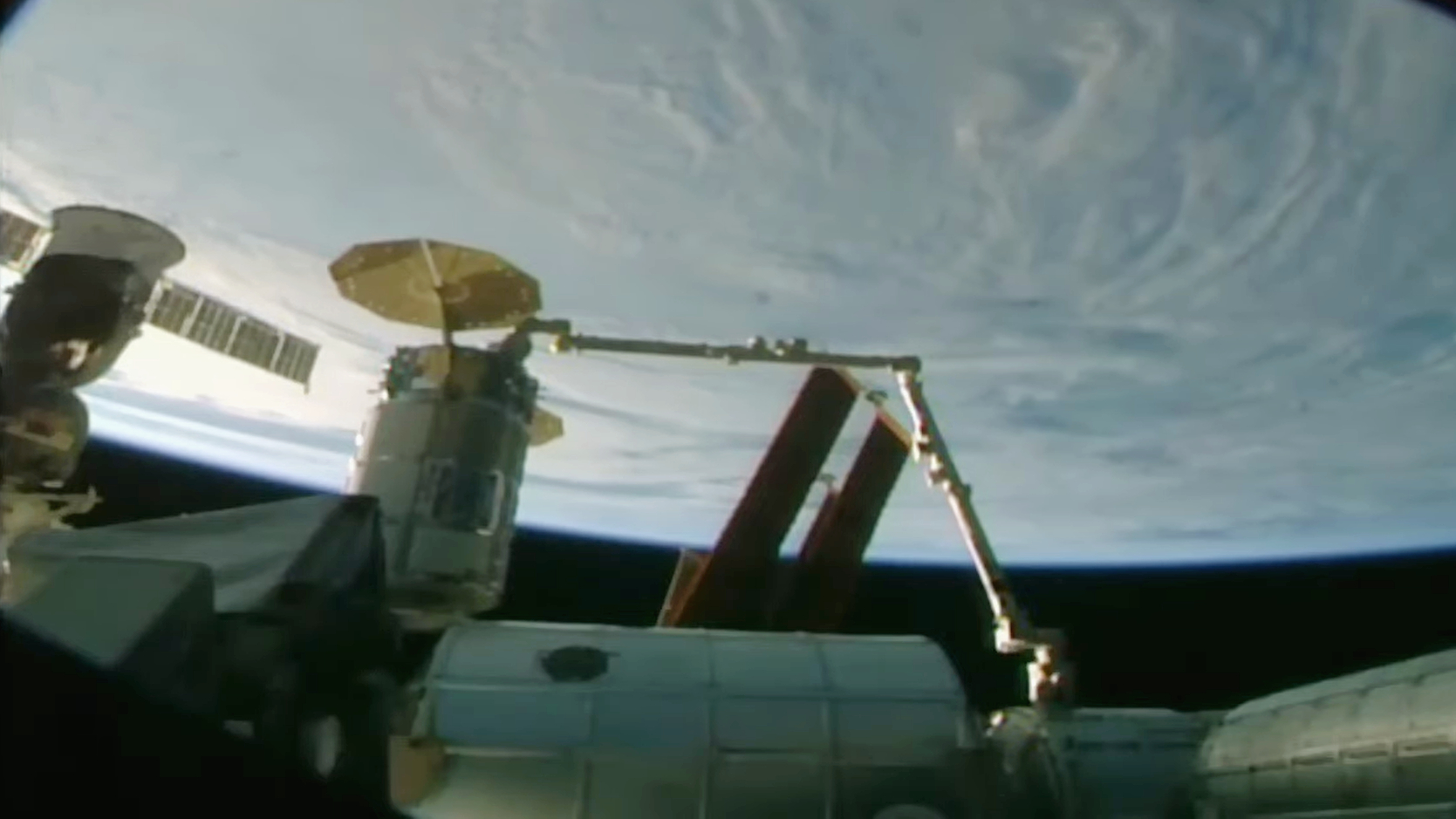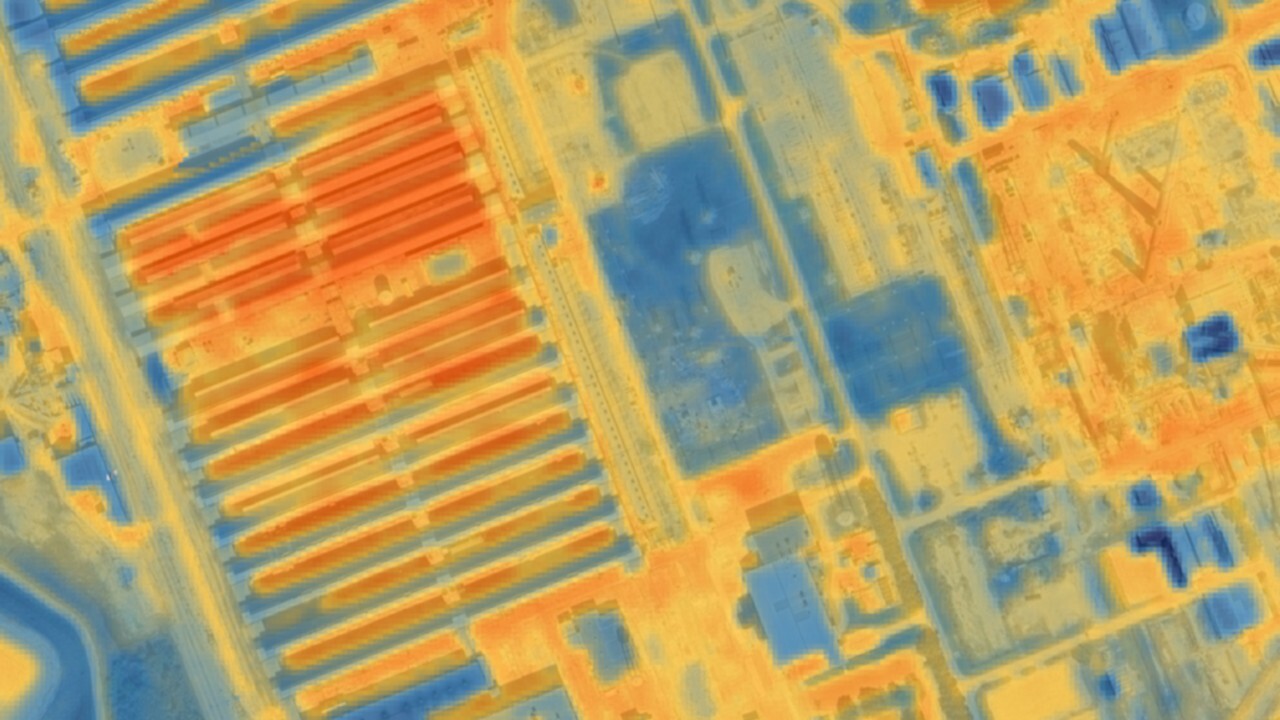Private Cygnus cargo ship arrives at the ISS carrying 8,200 pounds of supplies
Northrop Grumman's robotic Cygnus spacecraft arrived at the International Space Station (ISS) early Thursday morning (Feb. 1), with the rendezvous streamed live.
The Cygnus launched atop a SpaceX Falcon 9 rocket from Florida's Cape Canaveral Space Force Station on Tuesday (Jan. 30), kicking off a 40-hour orbital chase.
That chase came to an end at 4:55 a.m. EST (0955 GMT) on Thursday, when NASA astronaut Laurel O'Hara grabbed Cygnus using the International Space Station's (ISS) Canadarm2 robotic arm to grip Cygnus. She was assisted by fellow NASA astronaut Jasmin Moghbeli. The grabbing operation was completed 3 minutes later, as Cygnus and the ISS were flying over Southern Russia.
Full docking at the station's Earth-facing Unity module was completed at 07:14 a.m. EST (1214 GMT).
Related: Facts about Cygnus, Northrop Grumman's cargo ship
This Cygnus vehicle — named the S.S. Patricia "Patty" Hilliard Robertson, after a NASA astronaut who died in a private plane crash in 2001 — was carrying more than 8,200 pounds (3,720 kilograms) of supplies and scientific hardware for the astronauts aboard the orbiting lab.
Among the experiments is a European Space Agency (ESA) project that will test the 3D printing of small metal parts in a microgravity environment.
Breaking space news, the latest updates on rocket launches, skywatching events and more!
"This investigation provides us with an initial understanding of how such a printer behaves in space," ESA's Rob Postema said in a NASA overview of the cargo mission, which is known as NG-20 because it's the 20th that a Cygnus is flying to the ISS for NASA.
"A 3D printer can create many shapes, and we plan to print specimens, first to understand how printing in space may differ from printing on Earth and second to see what types of shapes we can print with this technology," Postema added. "In addition, this activity helps show how crewmembers can work safely and efficiently with printing metal parts in space."

The Cygnus will remain attached to the ISS for about six months, then depart and head back down for a fiery death in Earth's atmosphere. When it departs, it will be carrying waste from the ISS crew such as used wipes.
One experiment aboard the freighter, called the Kentucky Re-entry Probe Experiment-2, will gather data during this suicide dive.
The ISS is currently serviced by two other robotic cargo spacecraft — SpaceX's Dragon capsule and Russia's Progress vehicle. Progress and Cygnus are expendable, but Dragon is reusable, making soft ocean splashdowns under parachutes to wrap up its orbital missions.

Michael Wall is a Senior Space Writer with Space.com and joined the team in 2010. He primarily covers exoplanets, spaceflight and military space, but has been known to dabble in the space art beat. His book about the search for alien life, "Out There," was published on Nov. 13, 2018. Before becoming a science writer, Michael worked as a herpetologist and wildlife biologist. He has a Ph.D. in evolutionary biology from the University of Sydney, Australia, a bachelor's degree from the University of Arizona, and a graduate certificate in science writing from the University of California, Santa Cruz. To find out what his latest project is, you can follow Michael on Twitter.

